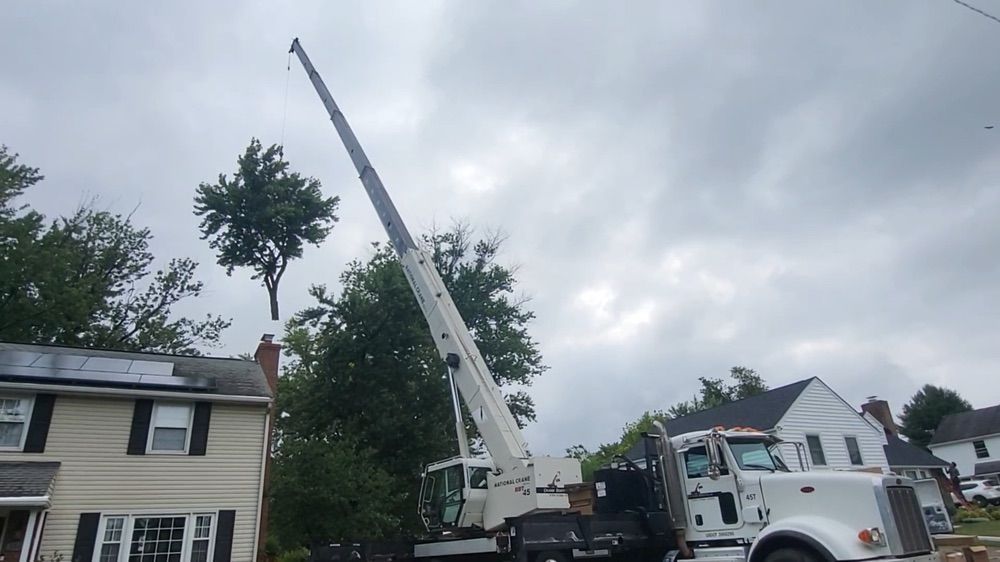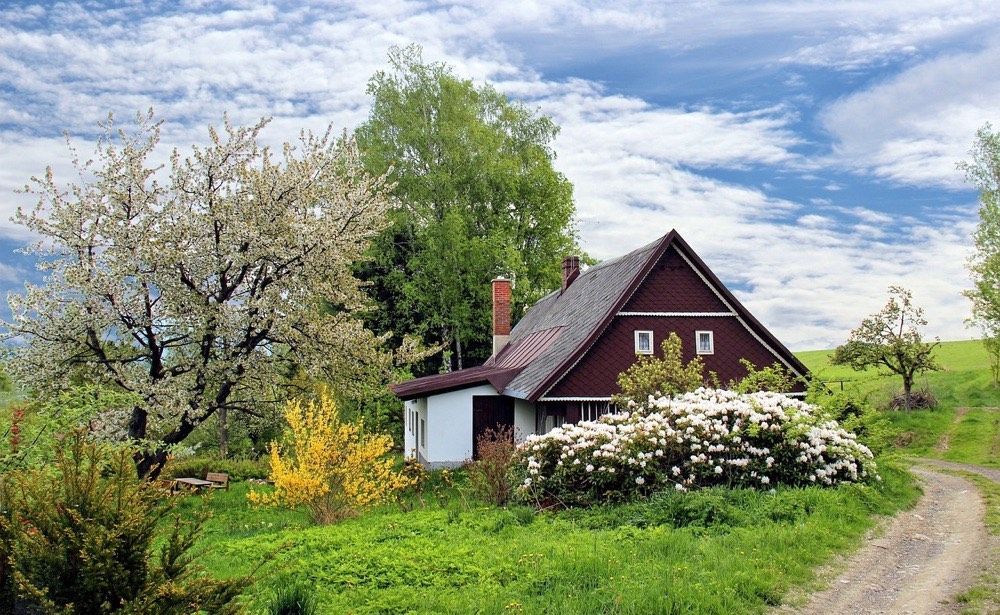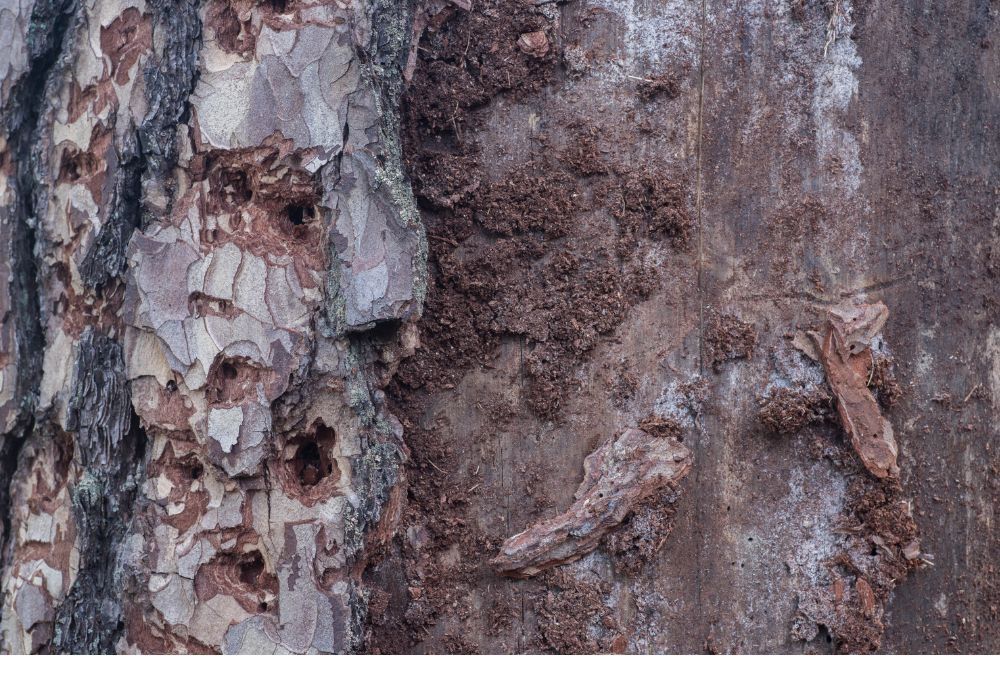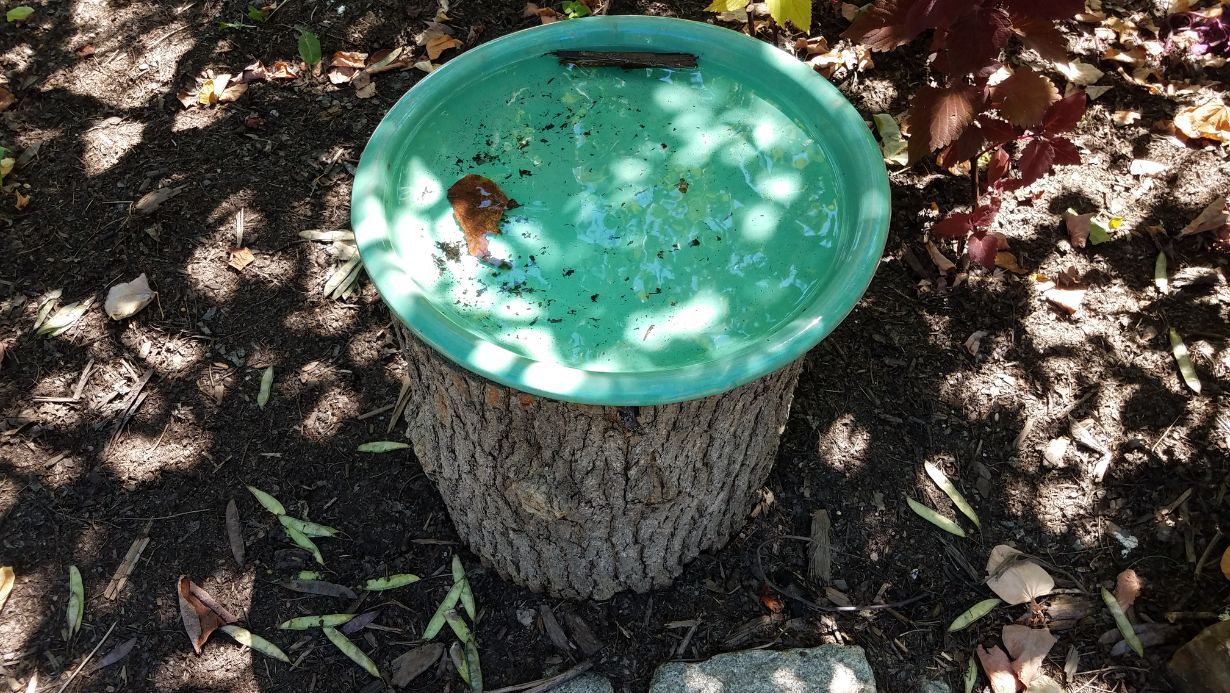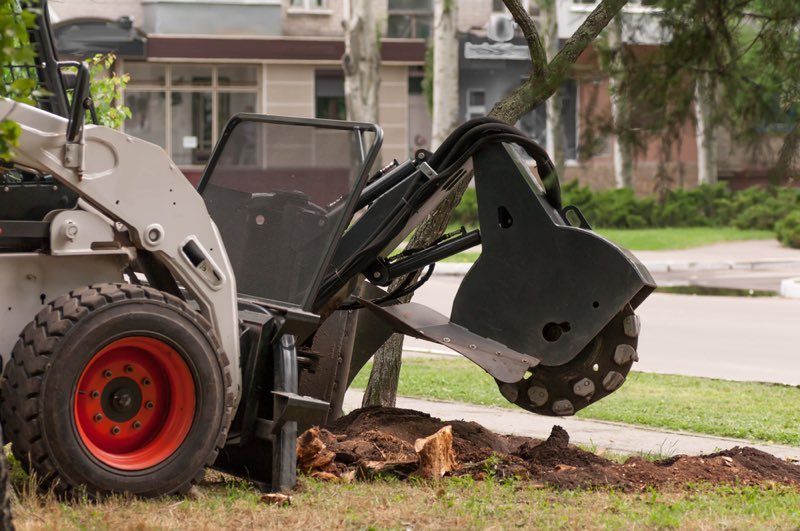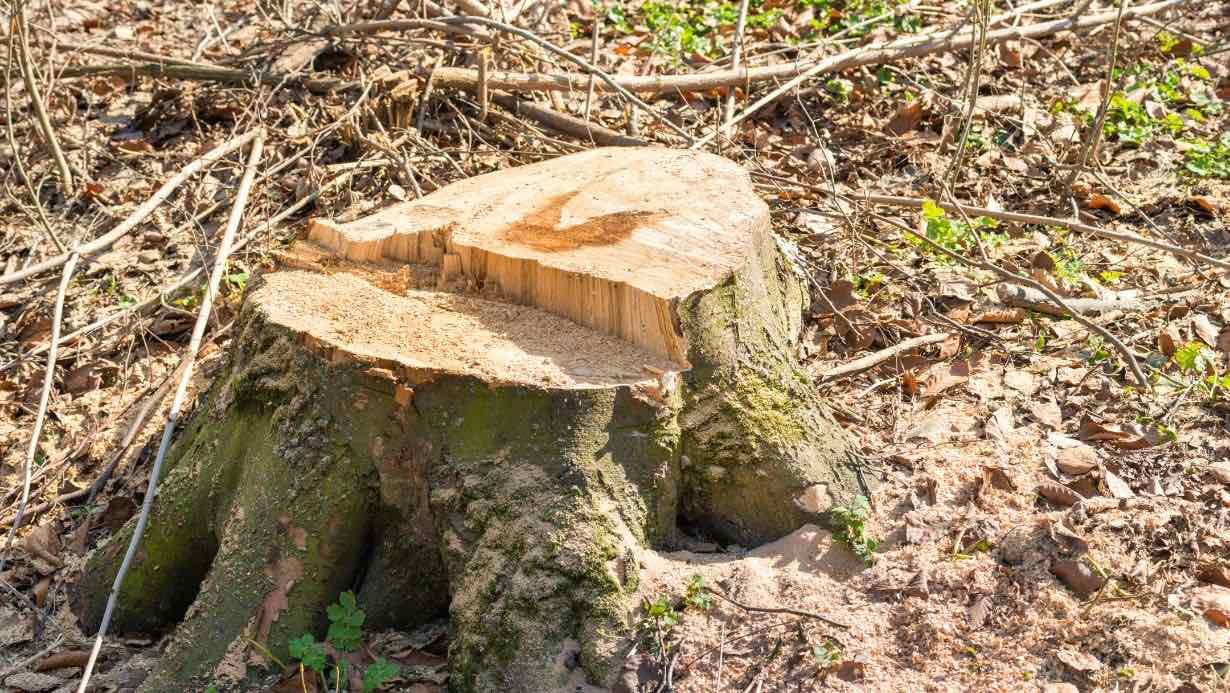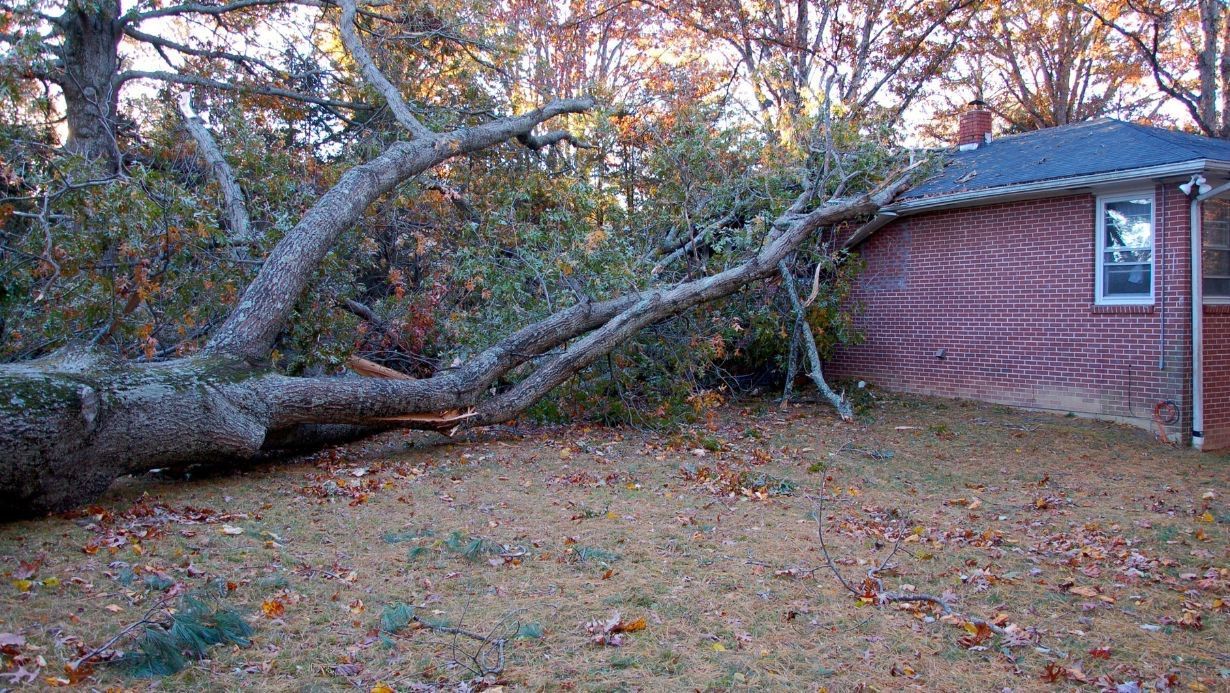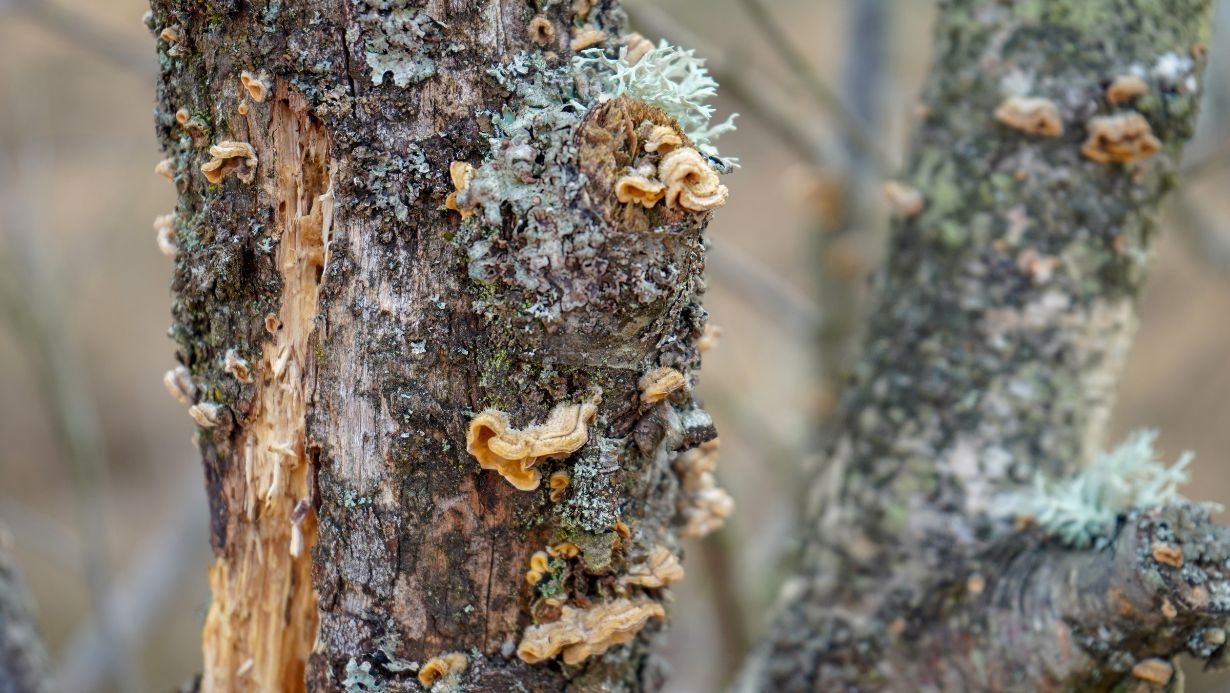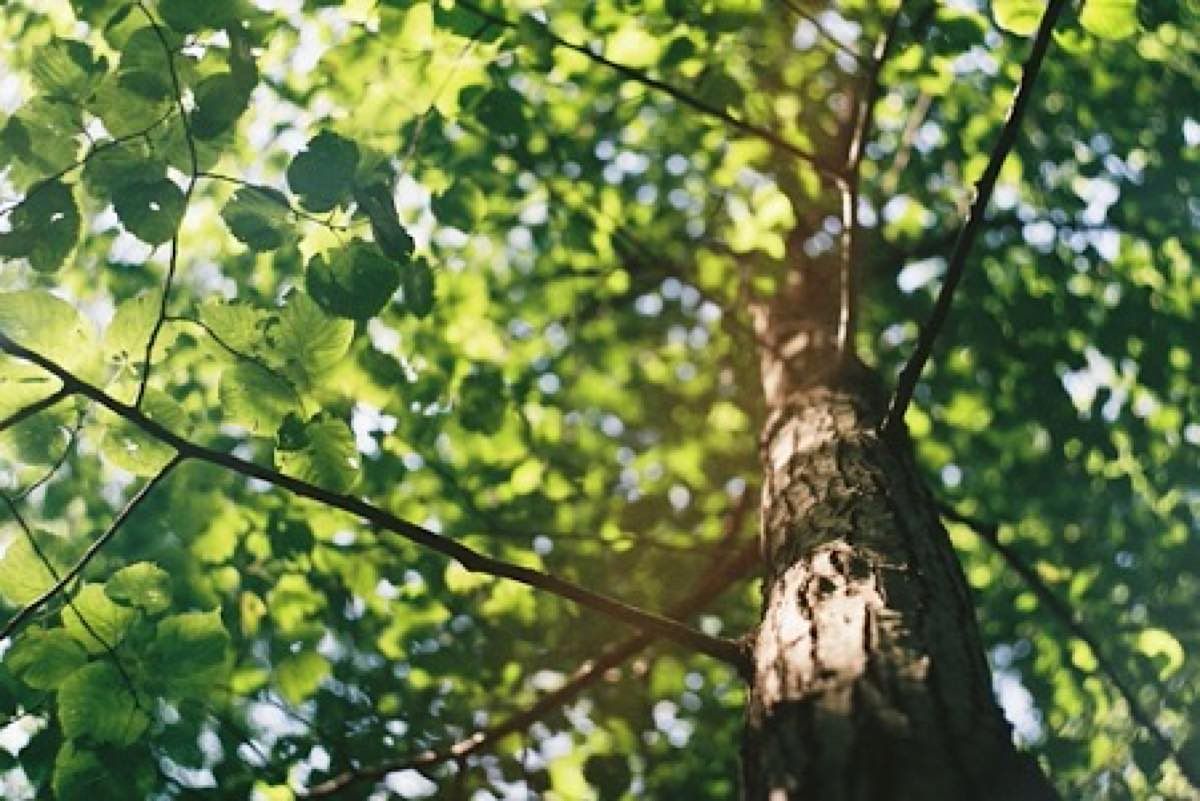10 Signs It's Time to Prune Your Tree or Shrub
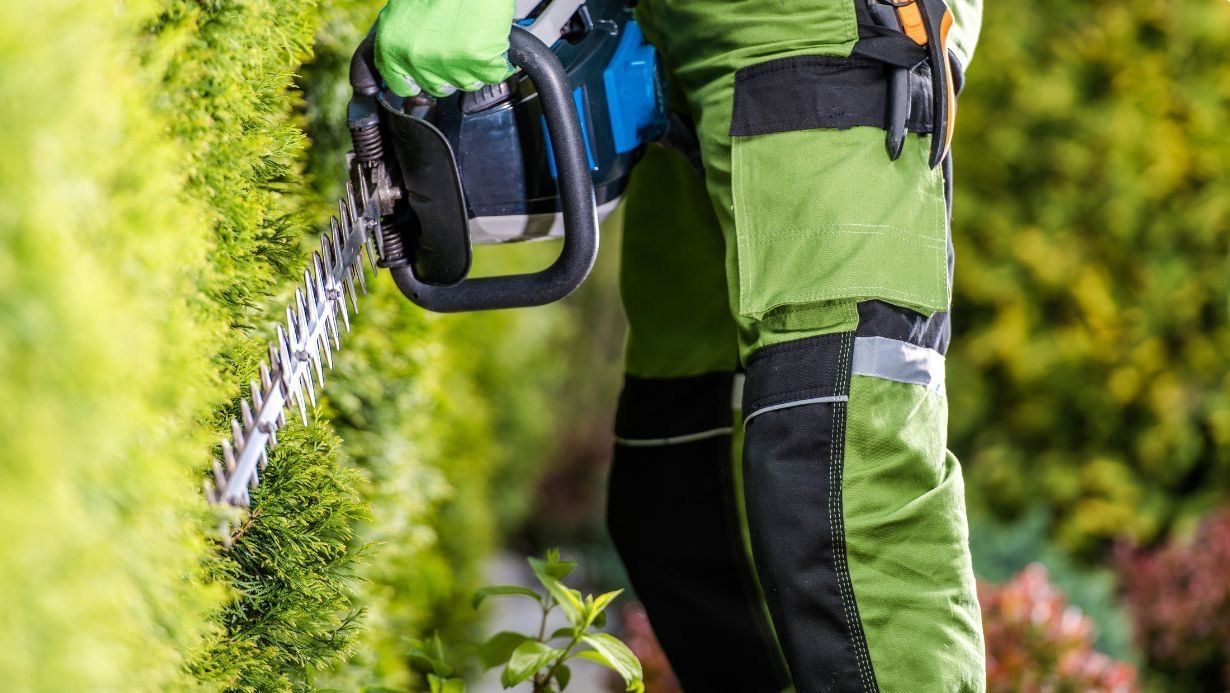
You may be surprised to learn that now – while they are dormant - is the ideal time to prune most trees and shrubs. "With the leaves off the trees, it becomes easy to view the interior of the tree canopy and its branching structure, allowing you to see where to prune and how much to prune," the Penn State Extension explains. "The cold temperatures also mean less concern about pest and disease issues associated with pruning cuts (e.g., oak wilt), as pests and disease are often in a dormant state through the winter."
Benefits of Pruning
Almost all trees and shrubs benefit from light pruning every year or every few years. According to
The Connecticut Agricultural Experiment Station, these are some of the benefits of pruning:
- Maintain plant health by eliminating diseased or pest-infested branches
- Provide good aesthetics
- Control growth
- Encourage flower and fruit production
- Create unique forms (i.e., hedges, topiaries, etc.)
- Rejuvenate old or overgrown plants
- Protect people and property from hazardous, weak, or rotted branches and limbs.
So, now you know that winter is an ideal time to prune most trees and shrubs and how trees benefit from regular pruning, but how do you know if it's time to prune your tree or shrub?
10 Signs It's Time to Prune Your Tree or Shrub (That You Shouldn't Ignore)
- Broken Branches – If you notice a branch that is broken, splintering, or bowing, it could end up falling on your house, car, or a person, causing damage and injuries.
- Diseased Branches – Removing diseased or insect-infested branches can minimize the risk of the disease or pests spreading and eventually killing the tree. It also lowers the risk of weakened branches falling and causing damage or injury.
- Dead Branches – Dead branches can also affect your tree's or shrub's health and create a hazard, so they should be removed.
- Branches Close to Utility Lines – Branches that are too close to powerlines can cause electrical hazards and power outages.
- Branches Damaged by Storms – Heavy snowfall, ice, or high winds can cause damage to trees, resulting in splintered or broken branches that can be a hazard to property and people, so it's a good idea to inspect your trees and shrubs after a storm.
- Crossing Branches – Branches that grow onto one another can rub together and cause damage to each other, such as wounds and cavities, and they can even grow together. If not pruned correctly, this damage can allow decay, disease, and insect infestation.
- Branches With Cracks in the Bark – Cracking bark can be a sign of disease or insect problems, so if you notice a branch with a deep crack in the bark, removing the branch may keep any diseases or insect problems from spreading to the rest of the tree.
- Misshaped Trees – Sometimes, tree branches begin to twist, or the entire tree tilts or shifts to one side, which can affect the tree's health and become a hazard. Sometimes, pruning can correct a tree that is misshaped.
- Too Much Growth – There are slow-growing and fast-growing trees and shrubs. Furthermore, you should be able to estimate approximately how tall a tree or shrub will grow so you don't have a six-foot shrub in front of your bed, blocking all of the plants behind it. In other words, you should plant the right tree in the right place. However, sometimes proper pruning can slow the growth of trees and shrubs that are growing too quickly.
- Dense Trees – If you stand under your tree and look up at the tree's canopy and can't see through the branches, it may be too dense. A dense tree is at higher risk of damage from diseases and insects, and thick branches can become hazards. Pruning to thin out the canopy can result in a healthier and safer tree.
Professional Tree Pruning and Trimming by Arbor Max
Improve your tree's appearance, health, and longevity with our professional tree pruning and trimming services. Arbor Max's trained team specializes in safely pruning even the biggest trees.
Don't try pruning a tree or shrub on your own – especially if you need a ladder to do it – because you can injure yourself or the tree. Call us today at 484-878-8947 or click for a free tree removal quote.

